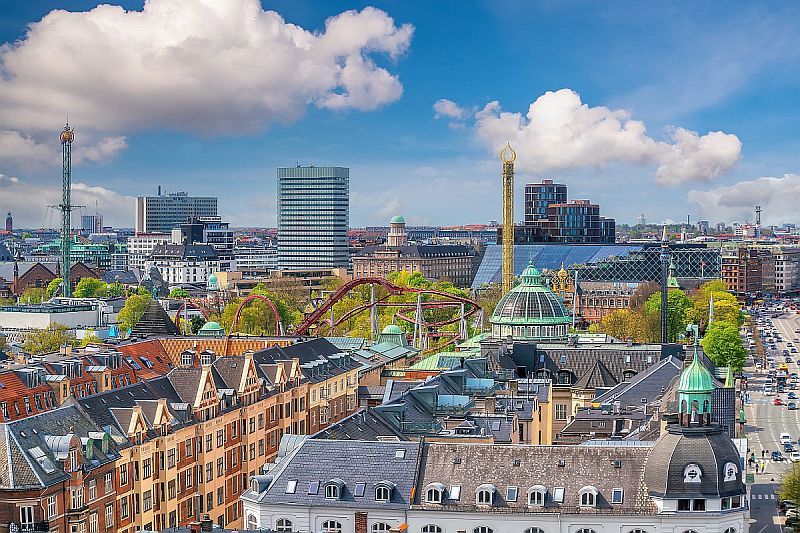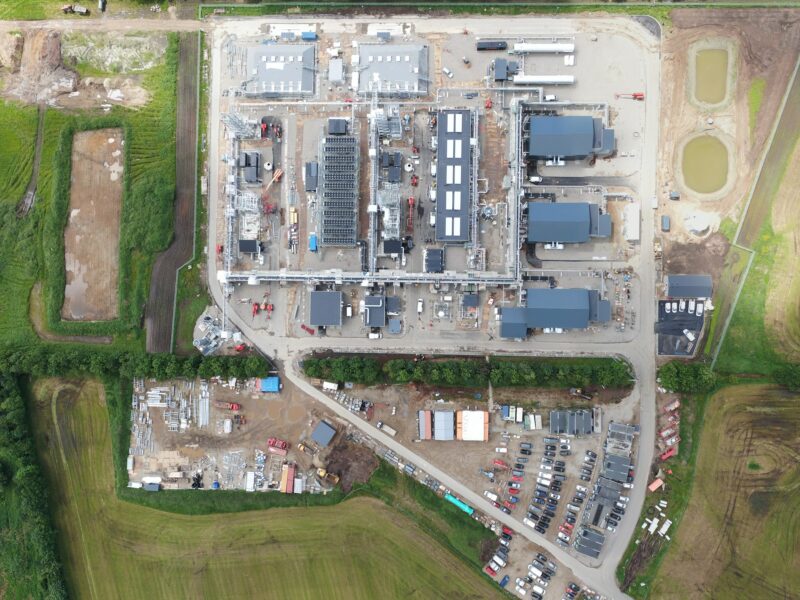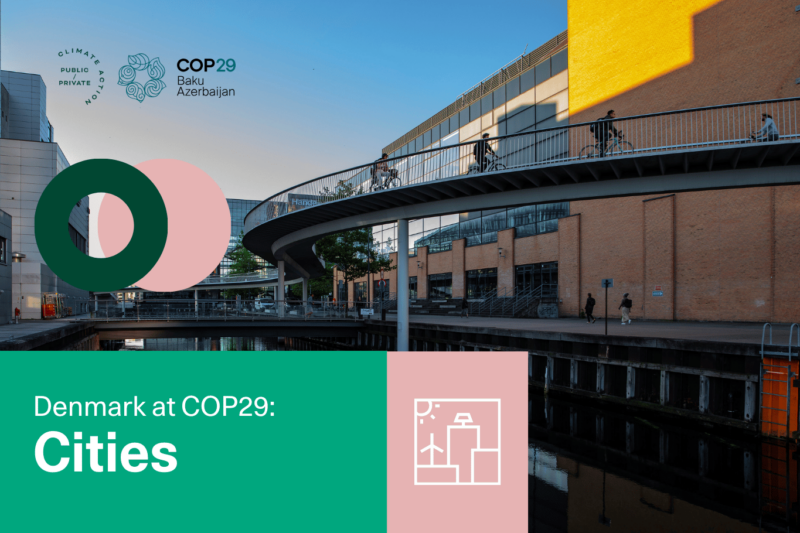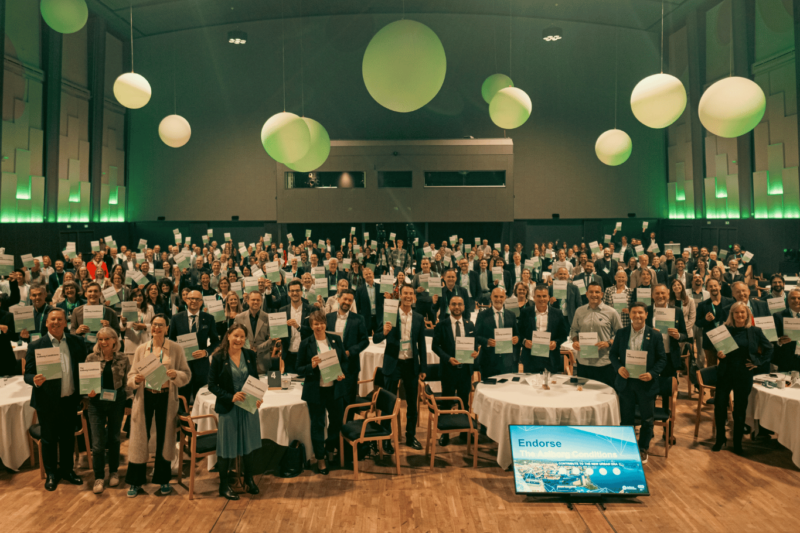News
Smart cities
Urban infrastructure planning
Urban mobility
Danish Investments in Cycling Infrastructure Paying Off


Biking in Copenhagen
In the city of Copenhagen there are more bicycles than inhabitants. There are more than 400 kilometers of biking lanes among which you find the world’s busiest biking lane with up to 40.000 cyclists passing daily. In Copenhagen, even top politicians ride their bike every day to the parliament. A majority (63 percent) of the members of the Danish parliament, located at Christiansborg Castle in the middle of Copenhagen, commute by bike.
Naturally, if you live outside of the city, commuting by bike can be a little more demanding. While biking is the preferred choice for the majority of short trips in Copenhagen, only 20 percent of trips longer than 5 km are done by bike. Raising that number would help Copenhagen meet its pledge to become a carbon-neutral city by 2025.
-Related news: Copenhagen’s New Bicycle Bridge
The bicycle super highway
This has led Copenhagen and 22 surrounding municipalities to invest in “bicycle super highways”, two of which have recently opened. They’re part of a fast-growing network of bike infrastructure targeted specifically at suburban commuters, featuring smooth pavement, good lighting, separation from traffic, safe road crossings, rain shelters and air pumps. A total of 28 routes with 467 km (290 miles) of cycle paths are planned. Eleven of these will be ready by the end of 2018.
One of these, the bicycle super highway known as C95 is a 21 km long bicycle superhighway from Farum to Copenhagen, working as a freeway for bicycles of sorts, and which since 2012 has made the number of bicycle commuters to go up with 52 percent in the weekdays. 14 percent of the cyclists are people who more often than before choose to bike, but 21 percent are completely new commuters, out of who one in four used to commute by car.
Danish bicycle culture in numbers
The Danish National Travel Survey serves to document the travel behavior of the Danish population. The survey has been conducted on a regular basis since 1992, and it is the best standardised source of knowledge on how Danish residents travel. The survey is managed by the Technical University of Denmark (DTU).
The results of the most recent survey have been summarised in this fact sheet about biking.
Source: Invest in Denmark
You should consider reading
publications
Combined heat and power production
+9
District Energy
25 October 2024events
Urban planning and development
+7















